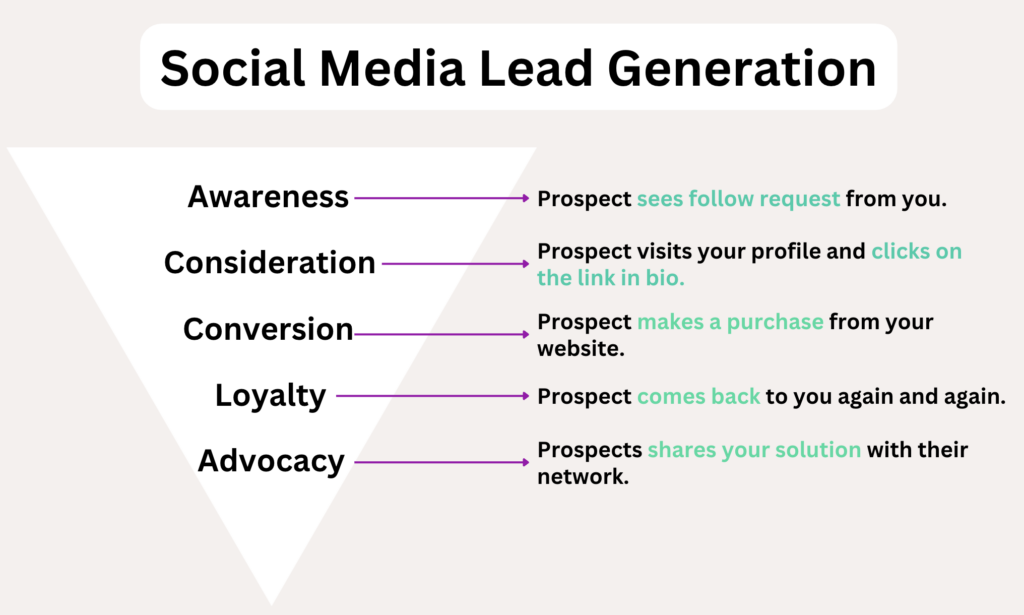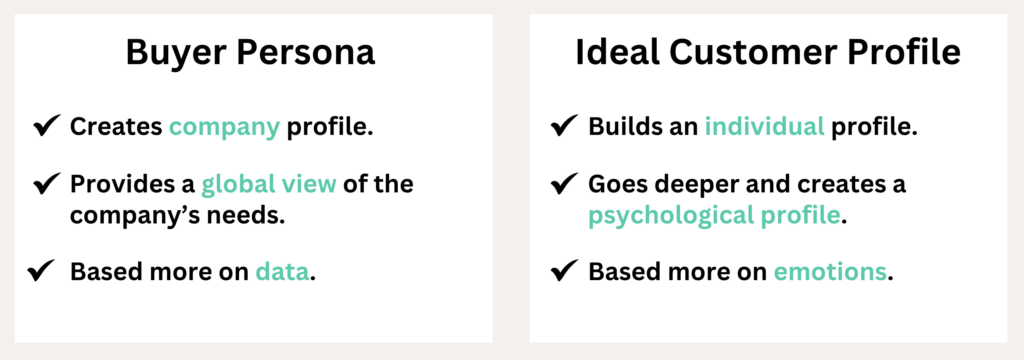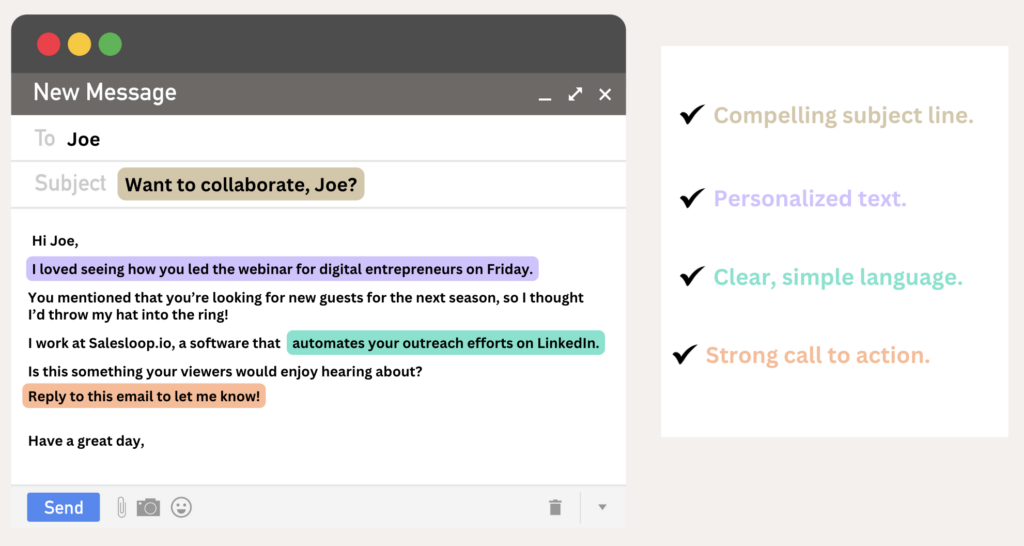The Ultimate Sales Cadence Guide: Examples and Tips for Success
Get ready to kickstart your sales performance with the ideal sales rhythm, a well-defined sales cadence, tailored to your objectives.

1. What exactly is a sales cadence, and why is it important to have one?
A sales cadence is a defined series of engagements that a sales representative has with a potential customer or lead.
These engagements often include various forms of communication, like phone calls, sales emails, and social media messages. The cadence follows a specific sequence and regularity, and aims to move the potential customer through the sales process.
What’s the purpose of having one?
The reason is straightforward: it is effective! An established sales sequence can assist salespeople in maximizing their efficiency by making sure that each potential customer receives the right amount of attention and interaction.
Furthermore, a sales cadence can aid in customizing your outreach to fit the specific needs of a lead.
Through the use of a sales cadence, you can enhance the personalization of your approach and establish trust with your potential customers. Additionally, it will bring greater consistency and structure to your sales procedure.
2. Tips for creating an effective sales cadence
Now that you understand the concept of a sales cadence and its significance, it is important to develop one that is tailored to the needs of your team. Here are some guidelines and best practices for creating an effective sales cadence to assist you in getting started.
Step 1: Defining goals
First, determine your goals for your prospect outreach through your sales funnel.
To begin drafting your sales process, it’s essential to establish your goals. What objectives are you aiming to accomplish through your sales efforts?
Are you, as a sales team, aiming to arrange demos, or do you seek to organize appointments with potential clients?
Do you wish to increase sales, or are you focused on building connections?
After defining your goals, creating a sales strategy that aligns with your goals will be more straightforward.

Step 2: Select your channels
The next step for the sales rep involves choosing the communication platforms that will be used to engage with potential clients.
In today’s world, there are various options available such as email, SMS, phone calls, social media, and messaging applications.
The crucial factor is understanding your target audience. Consider your ideal customer profile and buyer personas, and specify details such as company size and key decision-makers.
Where do they spend their time online? Which platform is best for them to receive and respond to your communications?
Select the platforms that your leads are most likely to be active on in order to increase the likelihood of success. You may choose to focus on a single communication platform, such as cold emails, or you may opt for a multi-channel approach, utilizing various workflows.

Step 3: Create your message
The following phase involves determining which messages to transmit through the selected channels.
It is crucial to create specific messages customized to each potential customer.
Divide your audience to comprehend their challenges, and deliver pertinent messages that cater to their requirements.
Additionally, make sure that the style and wording of your messages correspond with your brand’s identity, and emphasize your unique selling point.

Step 4: Establish a schedule
Next, it’s time to determine when you will reach out to potential clients. Many sales professionals make the mistake of inconsistently reaching out to potential clients, but with a sales cadence, it is important to be intentional about the timing and frequency of your outreach.
It’s important to find a balance between being persistent and not being too pushy. Create a cadence schedule for your sales funnel that includes appropriate follow-up emails and responses, with the right amount of touchpoints throughout the process.
Bonus Tip
Make sure to monitor your metrics.
After establishing your inbound and/or outbound sales process, the work is not finished! We believe strongly in the “test and learn” method, where you observe your sales interaction statistics and adjust as needed.
If your email open rates are low, examine the subject lines.
If your LinkedIn message response rates are poor, reconsider the wording.
No matter how experienced you are, there is always room for improvement. Keep an eye on the numbers, make small changes as you go, and you will be on the path to a successful sales process.
FAQs
Q: What is a sales cadence?
A: A sales cadence is a sequence of sales activities that a sales rep follows to engage with a prospect and convert them into a customer. It typically includes a combination of emails, calls, and other outreach methods.
Q: Why is it important to have a well-defined sales cadence?
A: A well-defined sales cadence can help sales reps stay organized, effectively engage prospects, and ultimately improve their conversion rates. It provides structure and consistency to the sales outreach process.
Q: What are some sales cadence best practices?
A: Some best practices for building a successful sales cadence include personalizing outreach, utilizing automation tools, aligning with the sales prospect’s buying journey, and continuously optimizing the cadence based on results.
Q: How can I create a sales cadence for my sales team?
A: To create a sales cadence for your team, start by defining your target audience, mapping out the sales cycle, and selecting appropriate outreach methods. You can also leverage CRM software and email templates to streamline the process.
Q: What are some examples of sales cadence templates?
A: Sales cadence templates may include a series of initial emails, follow-up calls, personalized LinkedIn messages, and other touchpoints designed to nurture leads and move them through the sales pipeline.
Q: How can I implement a sales cadence in my business?
A: Implementing a sales cadence in your business involves training your sales team on the cadence process, providing them with the necessary tools and resources, and continuously monitoring and adjusting the cadence based on performance.
Q: What is the role of sales cadence in outbound sales?
A: In outbound sales, a well-crafted sales cadence can help sales reps effectively reach out to prospects, initiate conversations, and build relationships that lead to successful sales conversions.
Q: What are the key components of a successful sales cadence?
A: The key components of a successful sales cadence include personalized outreach, a strategic mix of communication channels (such as email and phone), timely follow-ups, and a clear understanding of the buyer’s journey.
Q: How can I optimize my sales cadence for better results?
A: To optimize your sales cadence, analyze the performance of each touchpoint, experiment with different messaging and timing, leverage sales automation tools, and gather feedback from the sales team to continuously refine the cadence.
Q: What are some recommended sales cadence software or tools?
A: There are various sales cadence software and tools available in the market, such as CRM platforms with built-in cadence features, sales engagement platforms, and email automation tools that can assist in creating and managing effective sales cadences.





